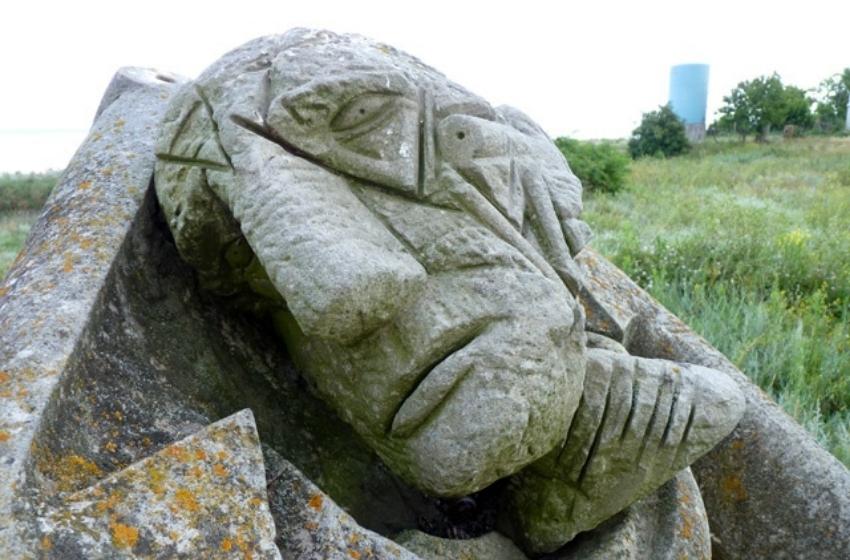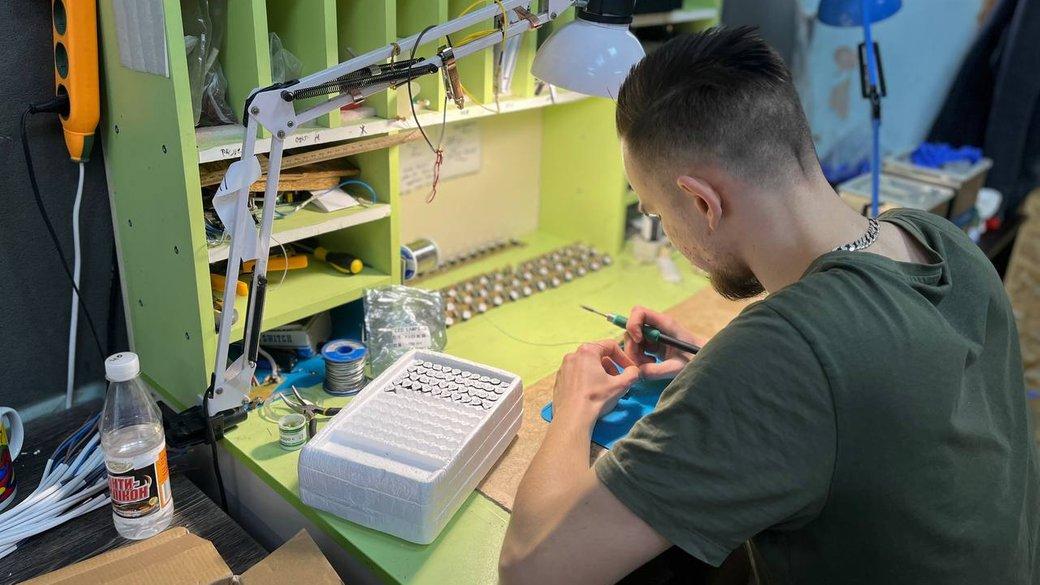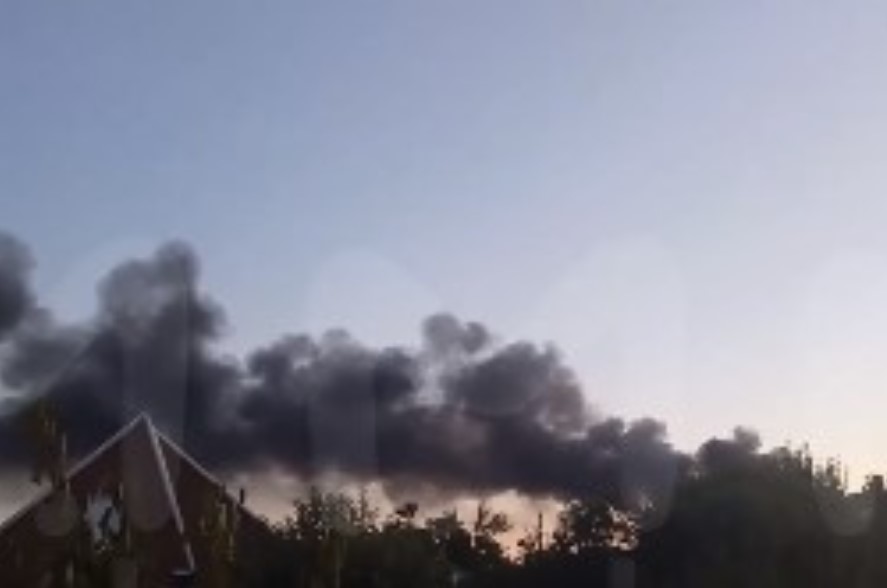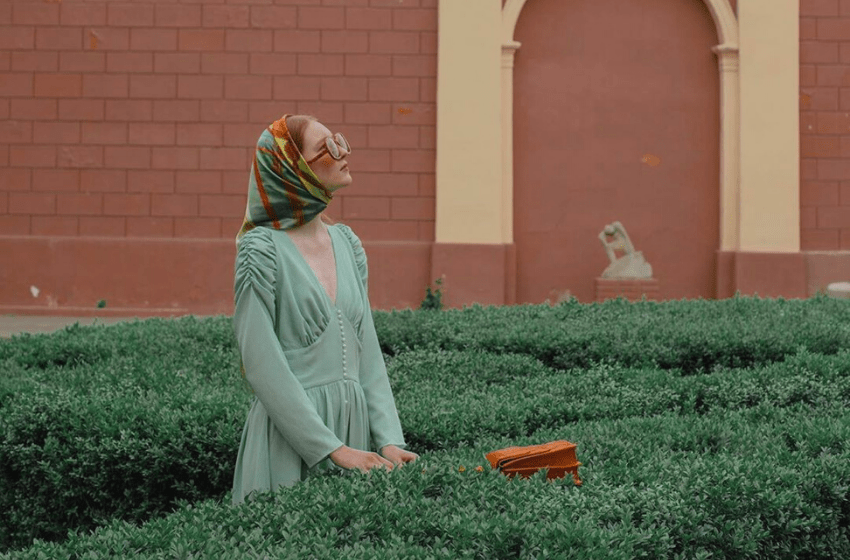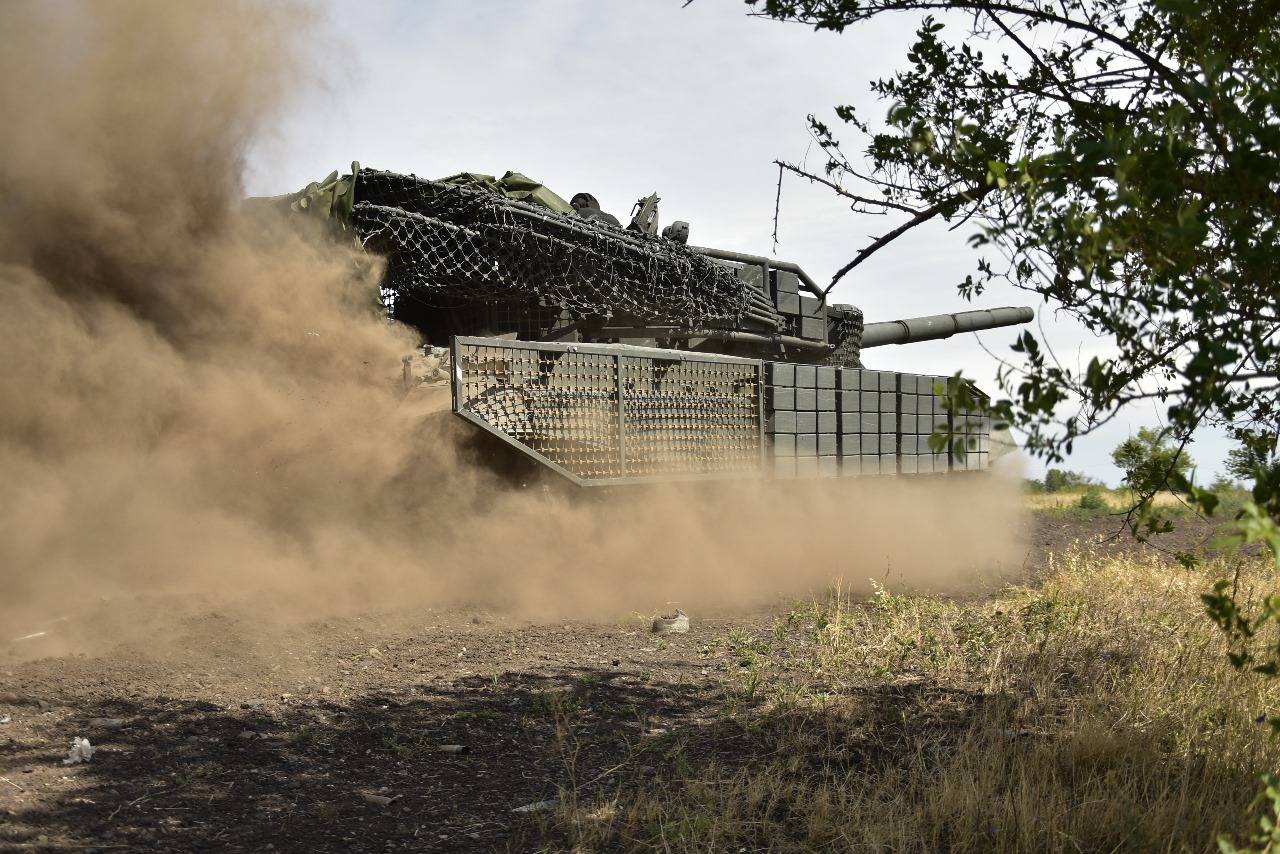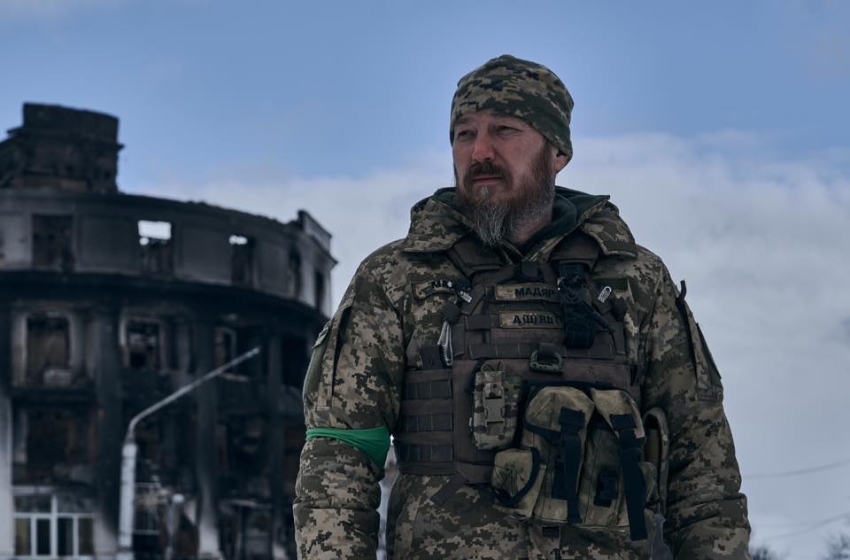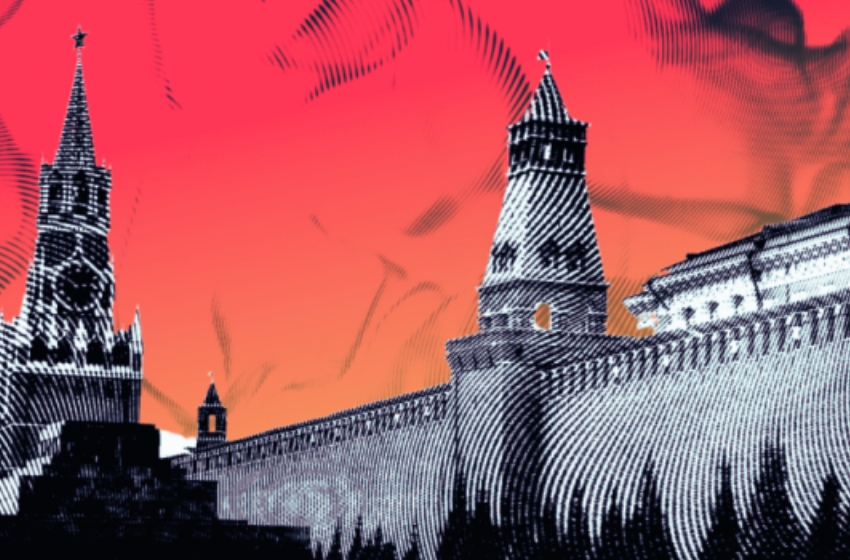40 kilometers from Nikolaev on the steep banks of the Southern Bug, in the place where the river reaches the Black Sea, there is the Olbia National Historical and Archaeological Reserve. Here, on several hectares, the remains of the ancient Greek state, founded more than 2.5 thousand years ago, have been preserved.
Olbia (Olvia) was founded by Greek settlers in the early VI century. B.C. and lasted almost a thousand years. Herodotus mentioned this city in his works. During the heyday, the territory of the city reached 55 hectares, its necropolis - up to 500 hectares, and on the banks of the Bug, Dnieper and Berezan estuaries there were one and a half hundred agricultural settlements that made up the rural outskirts of the city.
Excavations of the ancient settlement have been going on for over 100 years and demonstrate a high level of development of the people who inhabited these shores in antiquity.
Olbia - the official name of the city, attested in decrees, inscriptions on coins, most literary sources. However, in the works of some ancient authors, the city is called Borisphen (after the Greek name of the Dnieper), and its inhabitants - Borisphenites. This is probably due to the fact that Olbia was located near the mouth of the Dnieper, and this river was considered by the Greeks as one of the largest rivers in the world.

Today, the Olbia National Historical and Archaeological Reserve, founded in 1926 as a complex of monuments, remains of the famous ancient city-state of Olbia. The reserve covers an area of ​​300 hectares.
The territory of the reserve includes the settlement and necropolis of ancient Olbia. The reserve also includes the island of Berezan, where there was the oldest ancient Greek settlement in the Northern Black Sea coast.
The settlement is a triangle between the North, Hare beams and the estuary. It consists of three parts: the upper city, the terrace city, with an area of ​​30 hectares, and the lower city. The lower city with a port of more than 25 hectares is flooded by the waters of the Bug estuary.
The Necropolis (city of the dead) of Olbia covers an area of ​​about 300 hectares and introduces us to various types of burials and structures for this purpose.

The Olbia water supply system is interesting in the northern Black Sea coast. There are preserved water tanks, fragments of a stone gutter, through which water was supplied by means of a so-called siphon to household buildings.
Typical of the ancient architectural ensemble is the agora - a square measuring about two thousand square meters. Trade, administrative, cultural, educational and sports facilities were located around it.
The reserve has its own museum, archeological materials (more than fifty thousand items), a scientific library, an exposition of architectural and construction remains of antiquity. Remains of fortress walls, residential quarters, the Roman citadel, the Western and Central Temenos, burial crypts, etc. are exhibited.

Many years of excavations in Olbia have uncovered a large number of highly artistic works of art that adorn the windows of many museums around the world: the St. Petersburg Hermitage, the Odessa Archaeological Museum, the Kyiv National History Museum, the London Museum, the Louvre, the Berlin Museum and others. A unique collection of ancient monuments is also on display in the Olbia Nature Reserve Museum.
Olbia as a city-state
Olbia was a typical ancient polis, whose political system was a democratic slave-owning republic.
Public administration were divided into legislative and executive. Legislative functions belonged to the people's assembly (abbreviated as "the people") and the council, on whose behalf decrees and resolutions were issued.
The People's Assembly, in which all full citizens could legally participate, decided on foreign policy, state defense, relations with the surrounding tribes, including the organization of embassies. The People's Assembly issued laws on money circulation, resolved the issue of providing the population with food in lean years, passed resolutions on granting privileges to merchants and exempting them from paying duties, granting civil rights to foreigners.

The functions of the council included a preliminary discussion of all major issues of state life, after which these issues were submitted to the People's Assembly. In addition, the council monitored the work of the executive branch and dealt with other issues, including testing the ability of candidates to hold public office before their election or appointment.
Executive power was exercised by various boards - magistrates or individual officials, who were elected at public meetings by open ballot for a term, usually one year. The highest magistracy was a board of five archons. She not only managed all the other boards, but could convene a national assembly if necessary, especially at the time of the threat of enemy attack. The archons also monitored the state of finances, coinage.
Two boards were directly involved in finance: the Board of Nine and the Board of Seven. State revenues consisted of collecting duties, voluntary donations, sacrificial taxes, payments for leased state property, collection of fines and confiscation of property. The board of strategists of six people was in charge of military affairs, took care of the defense and defense of the state.
The state apparatus also included the individual positions of the gymnasium archbishop, who headed the gymnasium and, probably, other forms of education and physical education of the youth, the organization of various competitions; herald, who announced decrees and resolutions at public meetings, in the theater and in public places; secretaries, priests, etc.

In Olbia there was also a court consisting of several divisions; each of them was in charge of a certain range of issues. Judges, defendants, and witnesses took part in the proceedings. Convicts were fined, sometimes confiscated property, and so on. Freedmen were especially severely punished, they could even be returned to slavery.
There was no sharp property differentiation in the city, there were no owners of large farms or estates among the inhabitants of the choir. The population of the periphery in the late archaic period consisted of low-income people, apparently free farmers, whose life and economic opportunities differed little from the living conditions and position of ordinary citizens.
The end of the IV-III centuries. BC BC were for Olbia the period of greatest prosperity. At this time, large-scale construction took place, both monumental - cult and urban, and private: sometimes redeveloped and rebuilt entire areas. The territory of the city has reached the maximum size in its history - about 50 hectares. At the end of the IV century. BC Monetary reform also took place when Olbia began minting its own gold coin.
Pottery, metallurgy, weaving, bone-cutting and other crafts, to some extent fishing (in Olbia there was a separate fish market) developed. The range of trade relations and the volume of trade has significantly expanded. The rise of the city's economy and culture was accompanied by the development of its agricultural district - the choir. Life was restored in many old settlements, new ones were founded. The use of stone in construction has expanded, and housing has been built in the style of the city. At this time, quite large estates appeared.

Approximately from the end of III - the first half of II century. BC Olbia entered a period of socio-economic and political crisis that engulfed almost the entire Greek world. There is an impoverishment of the middle classes and the concentration of enormous wealth in the hands of individuals.
Along with the escalation of internal contradictions that tore the Olbia society, the foreign policy situation of the state significantly deteriorated: it was constantly threatened by attacks of the surrounding tribes, to which it paid tribute. Socio-economic and political crisis, which engulfed the once flourishing policy, ended in the first century.
In the 3rd century A.D. in connection with the offensive of the barbarians on Rome, the Romans decide to withdraw troops from Olbia and leave it to fend for itself. In the years 269-270. AD Olbia is being destroyed by the tribes under the leadership of Burebista. After this invasion, the city finally lost its significance as one of the most important trade and economic centers of the Northern Black Sea coast. Another important factor that contributed to the death of Olbia was the change in the coastline, the rise of the estuary waters, and landslide processes. The remaining part of the city is about 30 hectares, about 20 hectares have been destroyed by the waters of the estuary.

Image credit: Ukrainer
Unfortunately, since the beginning of the XIX century. predatory archeological excavations were carried out on the territory of Olbia. And during the Soviet era, the suburbs of the archeological site were used to house former prisoners of Soviet prisons. So here you could buy archeological finds, antique pottery, coins from the locals for a small price. Part of the buildings of the ancient Greek city was dismantled for building materials. This valuable archeological site has not been protected for decades.
Olbia acquired the status of a reserve in 1926. With the proclamation of Ukraine’s independence, slow measures began to protect the archeological monument and to study the ruins and necropolises of the city, and the boundaries of the monument were determined. In 2002, the reserve acquired national status.









